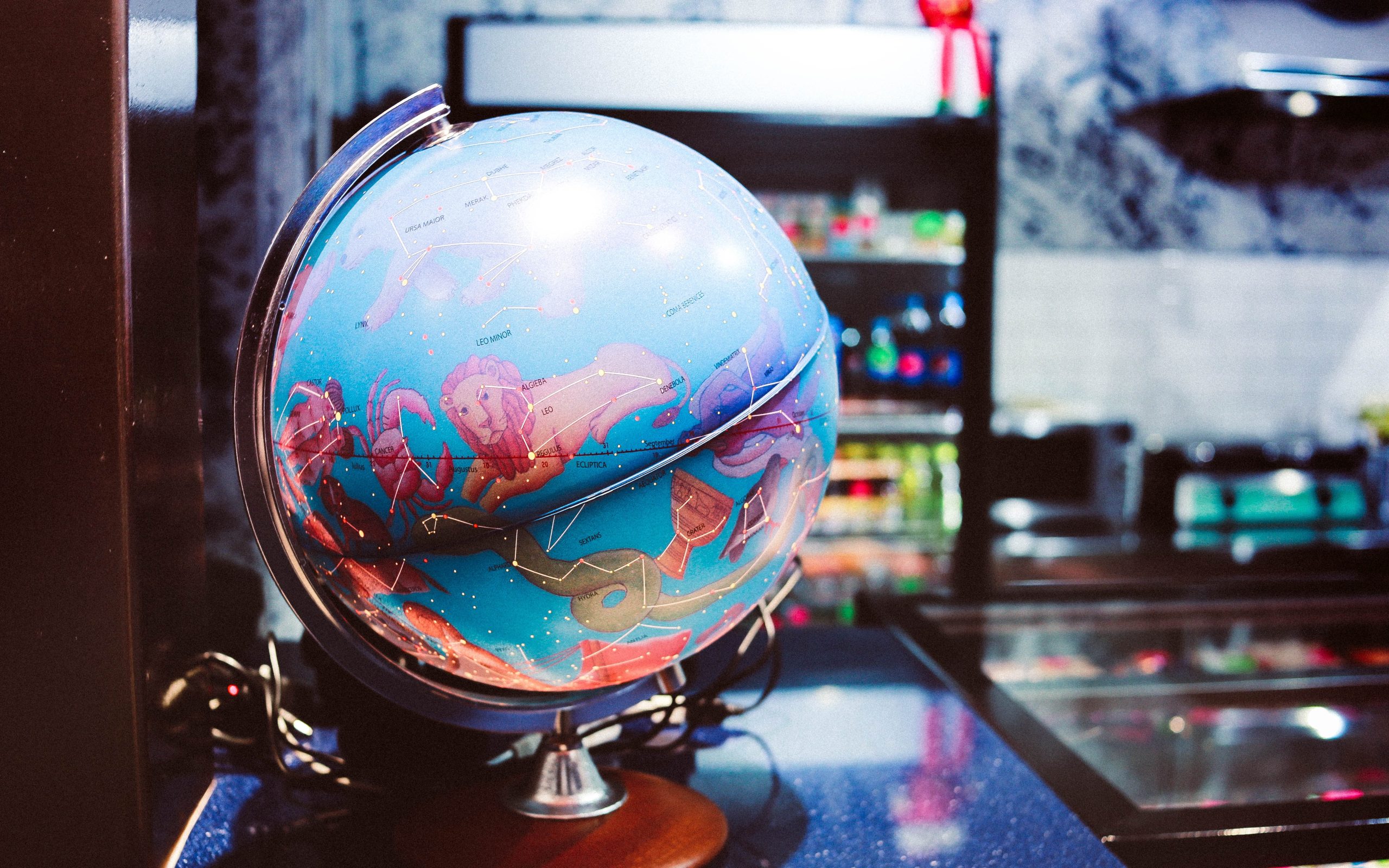Burning Things with a Magnifying Glass: The Science Behind It
Who doesn’t remember the fascination of holding a magnifying glass up to the sun and watching paper catch fire? It’s a classic childhood experiment that never fails to amaze. But have you ever wondered about the science behind this phenomenon? How does a simple glass lens have the power to create fire?
In this article, we will explore the physics behind burning things with a magnifying glass and delve into the factors that make it possible. So, grab your magnifying glass, put on your curious scientist hat, and let’s dive in!
The Magic of Focusing Sunlight
So, how does a magnifying glass set things ablaze? The key lies in its ability to concentrate sunlight onto a single point, increasing the intensity of the heat in that area. This concentrated heat energy is what causes objects to burn.
The basic principle at work here is called {@h2A}converging light rays{@h2B}. When light passes through a magnifying glass, it refracts, meaning it bends or changes direction. The shape of the glass lens causes the incoming light rays to converge or come together at a single point, often referred to as the focal point.
At the focal point, the light rays are at their most concentrated. This concentrated beam of light holds immense energy, capable of generating temperatures high enough to ignite flammable materials.
The Role of the Lens
To understand why a magnifying glass works, we need to examine its essential components. A magnifying glass is typically a convex lens—curved outward, resembling a droplet of water. Convex lenses possess unique optical properties that allow them to converge light.
The shape of the lens causes the light rays entering it to bend toward the center. These bent light rays then meet at the focal point, where they converge. The size and position of the lens affect the distance between the lens and the focal point, which determines the intensity of the heat produced.
The larger the lens, the smaller the focal point will be, and the more concentrated the light energy becomes. Conversely, if the lens is small, the focal point will be larger, dispersing the light energy and reducing its intensity.
Factors Affecting Burning
Several factors come into play when burning things with a magnifying glass. Understanding these factors can help you have more control over the experiment and achieve successful results.
1. Lens Shape and Size:
As mentioned earlier, the shape and size of the lens greatly impact the concentration of light. Using a larger convex lens will create a smaller focal point, resulting in a stronger beam and higher temperatures. Experimenting with different sizes and shapes of lenses can yield fascinating results.
2. Distance from the Focal Point:
The distance between the magnifying glass and the object you are trying to burn affects the concentration of heat. For optimum results, position the object as close to the focal point as possible. This ensures that the maximum amount of sunlight is concentrated on a specific area of the object, increasing the chances of ignition.
3. Sun Angle and Weather Conditions:
Naturally, the angle at which sunlight hits the magnifying glass plays a crucial role. Positioning the glass perpendicular to sunlight allows for the most effective concentration of light. Additionally, weather conditions, such as cloud cover and time of day, can affect the availability and intensity of sunlight.
4. Object Properties:
Not all materials are equally combustible. Experiment with different objects, focusing on those that are more likely to catch fire. Black or dark-colored objects tend to absorb more light energy, increasing the chances of ignition. Materials like paper, dry leaves, or wood shavings work well.
Safety Considerations
While experimenting with burning things using a magnifying glass may be intriguing, safety should always be a priority. Be mindful of the following precautions:
- Perform the experiment outdoors in an open space, away from flammable objects.
- Wear safety glasses to protect your eyes from potential accidents.
- Keep a fire extinguisher or a bucket of water nearby for emergencies.
- Never leave the magnifying glass unattended, as it can quickly start a fire.
Remember, responsible experimentation is the key to a safe and enjoyable scientific experience.
Conclusion
Although burning things with a magnifying glass is a simple experiment that might seem like magic, it is entirely based on the principles of physics and optics. Through the process of converging light rays, a magnifying glass creates a focal point where sunlight is at its most concentrated, generating enough heat energy to ignite flammable objects.
As we explored together, a magnifying glass’s shape, size, and distance from the focal point are crucial factors that determine the intensity of the heat produced. By understanding these principles and taking appropriate safety precautions, you can explore the science behind burning things with a magnifying glass in a controlled and fascinating way.
So, next time you’re outdoors on a sunny day and happen to have a magnifying glass handy, why not indulge your inner scientist and witness the wonders of converging light rays for yourself?
Table of Contents
